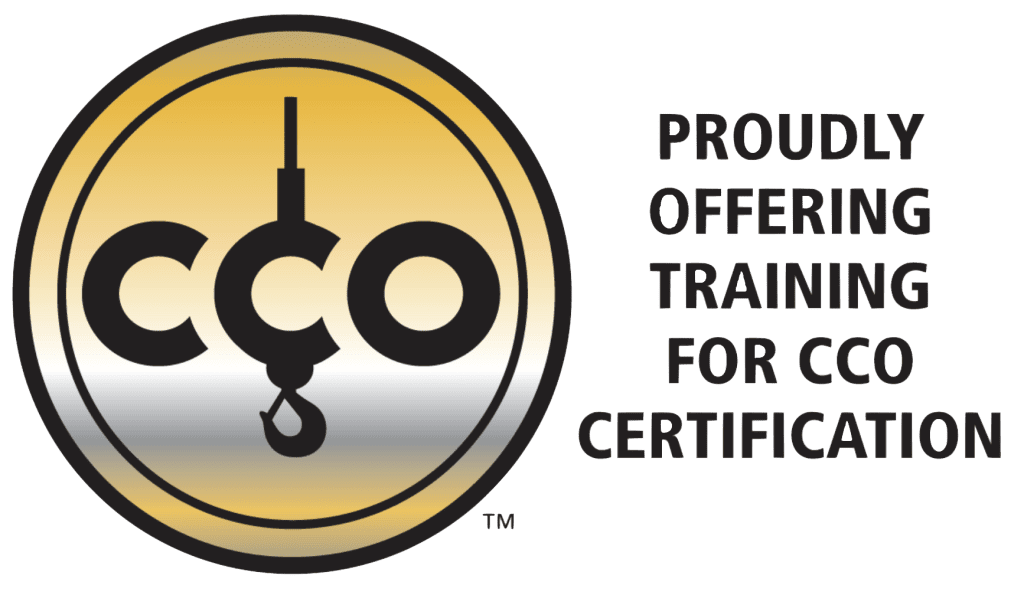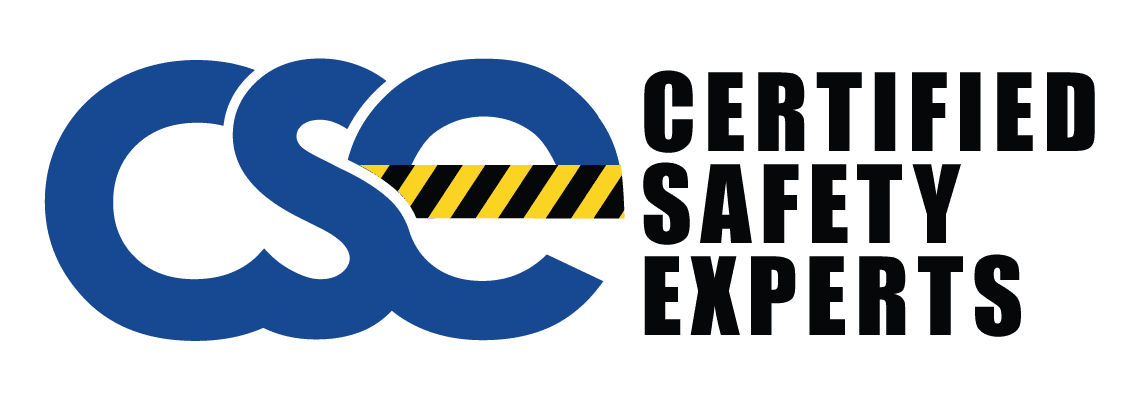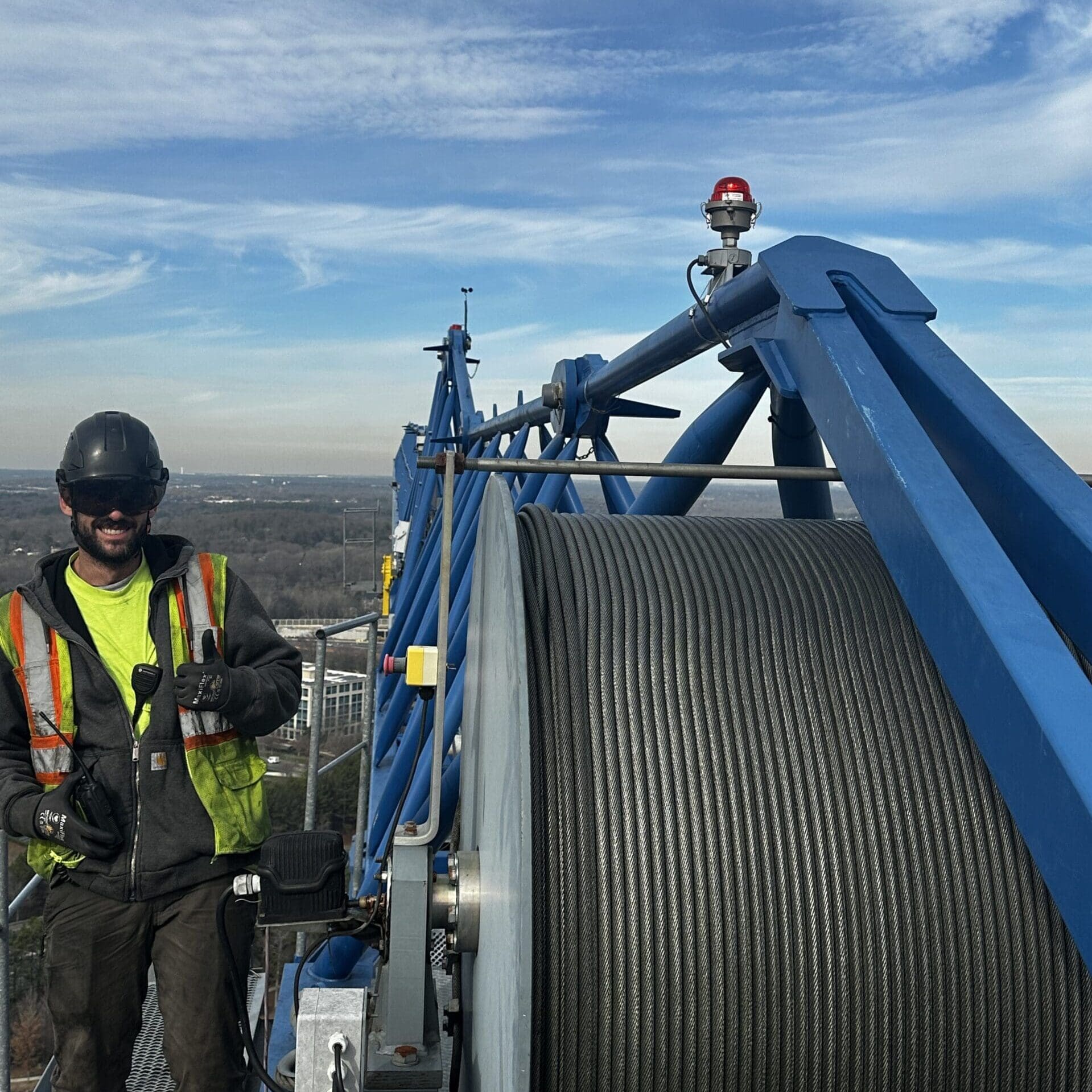Do you know the hidden dangers at your worksite? Regular mobile crane inspection is key to safety. It’s not just about following rules; it’s about keeping people and property safe.
Mobile cranes are vital for many projects but bring risks like equipment failures and mistakes by operators. These risks can cause big accidents if not handled right. That’s why crane safety requirements and checks are important, giving you peace of mind and protecting everyone at the site.
Regular checks on mobile cranes are vital to spot problems early. Experts use their knowledge to check crane parts, making sure they’re up to standard. By having inspections often, you follow the law and make your work safer and more efficient. For top-notch mobile crane inspection services, call us at (919) 326-3742.
Key Takeaways
- The importance of regular mobile crane inspections for worksite safety
- Potential hazards associated with mobile cranes, including equipment failure and operator errors
- Role of inspections in preventing accidents and ensuring compliance with crane safety requirements
- Benefits of having certified inspectors conduct thorough inspections
- Call to action for expert mobile crane inspection services
Introduction to Mobile Crane Inspection
Mobile crane inspections are key to keeping worksites safe and efficient. They check the crane’s parts to make sure they work right and are safe. Experts with a crane inspector certification do these checks to make sure they’re done well.
What is a Mobile Crane Inspection?
A mobile crane inspection looks closely at the crane to see how it’s working and if it’s safe. There are different kinds of inspections, like initial, routine, and periodic ones. Each type has specific checks for parts like the hoist, hook, hydraulic systems, and structure. These checks spot potential dangers early.
Importance of Regular Mobile Crane Safety Inspections
Regular mobile crane safety checks are very important. They stop accidents by finding and fixing mechanical problems early. These checks make sure cranes work well, which helps with productivity. Plus, following a regular check schedule keeps you in line with safety laws, avoiding legal trouble.
Using crane inspection services means your inspections are done by experts. This ensures the results are trustworthy.
Mobile Crane Safety Inspection Requirements
Following mobile crane safety rules is key for safe and efficient work sites. This means following federal laws, state rules, and industry guidelines.
Federal Regulations
OSHA sets the main safety rules for mobile crane checks. These rules cover important safety steps and how often to check them. Key points include:
- Regular checks on all cranes in construction and other areas.
- Keeping detailed records of checks, maintenance, and any incidents.
- Following the OSHA 1926.1412 standard for yearly and quarterly checks.
State-Specific Requirements
While federal rules set a basic safety level, states often add more rules for crane use. It’s important to know your state’s specific rules. For example, California’s Cal/OSHA has its own safety rules for cranes.
Some areas where state rules might be different include:
- How often to check cranes.
- Crane operator certification.
- Unique safety steps for certain places or industries.
Industry Standards
Groups like ANSI and ASME set safety standards that go beyond government rules. These standards focus on safety checks, how to operate cranes, and training for operators.
Following these standards helps with legal compliance and makes work safer and more efficient. Important standards include:
- ANSI B30.5 for mobile and locomotive cranes.
- ASME B30.9 for lifting devices and slings.
It’s crucial to follow federal, state, and industry safety rules for a safe work area with mobile cranes.
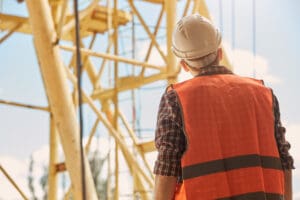
Comprehensive Crane Inspection Checklist
Ensuring the safety and reliability of mobile cranes requires a detailed crane inspection checklist. This checklist helps spot issues early, preventing big problems later.

Pre-Inspection Procedures
Good inspections start with careful pre-inspection procedures. These steps are key:
- Reviewing the manufacturer’s guidelines and past service records.
- Getting ready with the right documents for tracking inspections.
- Doing risk assessments to make sure the inspection area is safe.
Inspection of Mechanical Components
It’s vital to check mechanical components closely. During a mobile crane inspection, focus on these areas:
- Looking for wear and tear on the boom.
- Checking rigging parts for safety and reliability.
- Checking load charts for correct information and rules.
- Testing safety devices to make sure they work.
Post-Inspection Reporting
Good post-inspection reporting is key. This includes:
- Writing down all the inspection results.
- Listing what needs fixing and when.
- Offering advice for safe use going forward.
A detailed crane inspection checklist with clear reports helps keep cranes safe and efficient.
Choosing the Right Crane Inspection Company
Choosing the right crane inspection company is key for worksite safety. A company with a solid background in certification and experience ensures your equipment gets checked by experts. This focus on detail is crucial for reducing risks and following safety rules.
Certification and Experience
A top crane inspection company should have certified experts with lots of experience. It’s important to check the inspectors’ credentials to make sure they meet industry standards. Companies like Konecranes and Crane Inspection & Certification Bureau (CICB) lead the way, showing the value of skilled professionals.
Range of Services Offered
Looking at the services offered is also key. A good crane inspection company should cover everything from mechanical checks to load testing and detailed reports. Companies like Crane Tech and Mazzella Companies offer a wide range of services for different cranes and situations.
Customer Reviews and Testimonials
Customer reviews and testimonials are a great way to see how reliable and good a company is. Reading feedback gives you a peek into what past clients think and how happy they are. Always go for high ratings and positive reviews that talk about the company’s strengths and how effective their services are.
The Role of Overhead Crane Inspection in Worksite Safety
Overhead cranes are crucial in industrial settings but come with risks. They handle heavy loads and have complex mechanics. That’s why it’s vital to inspect them regularly to keep them safe and efficient.
Inspections check the hoist, trolley, bridge, and runway for wear, misalignment, or mechanical issues. This helps avoid accidents and keeps work moving smoothly. By doing thorough inspections, companies can cut down on risks and keep the workplace safe.
Regular checks are key to catching problems early. This means fixing small issues before they turn into big ones. It keeps workers safe and avoids costly delays.
Following a set inspection schedule is important. It makes sure cranes meet safety standards and work well. This keeps operations running smoothly and safely.
Training crane operators is just as crucial as inspecting the cranes. Well-trained operators can spot and fix issues during normal use. They also know how to act in emergencies, making the workplace safer.
For companies aiming for top safety levels, getting professional crane inspection services is a must. These experts give detailed reviews and advice to keep your equipment in top shape. For the best in safety and compliance, reach out to us for inspections and training.
